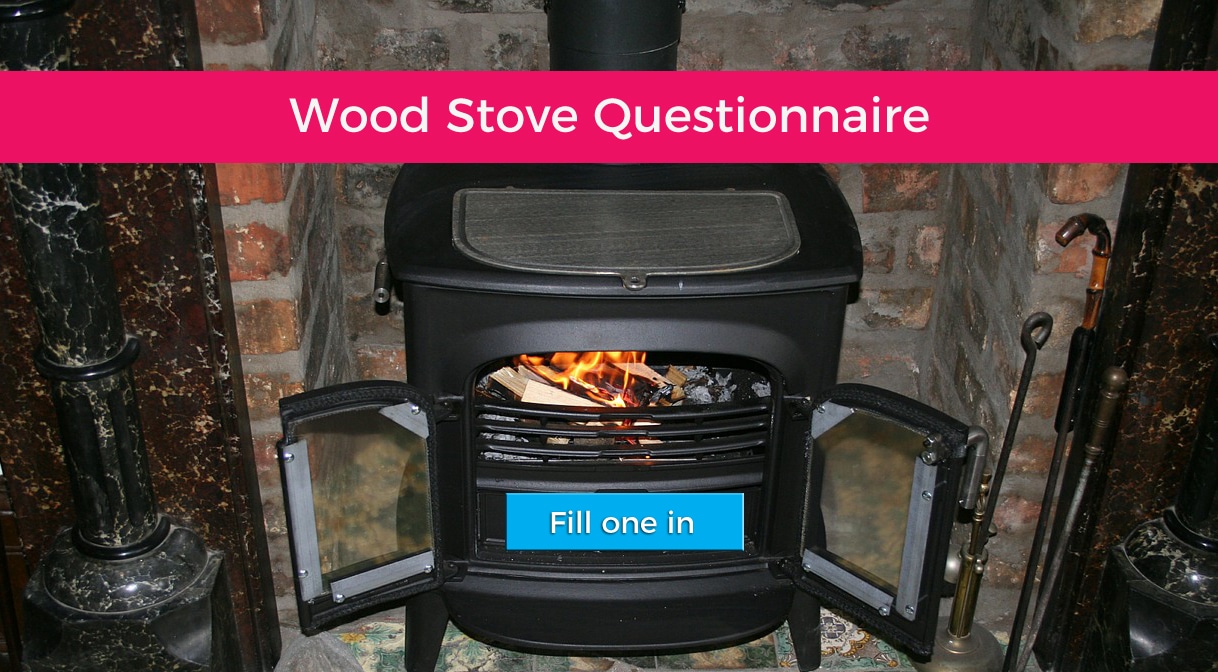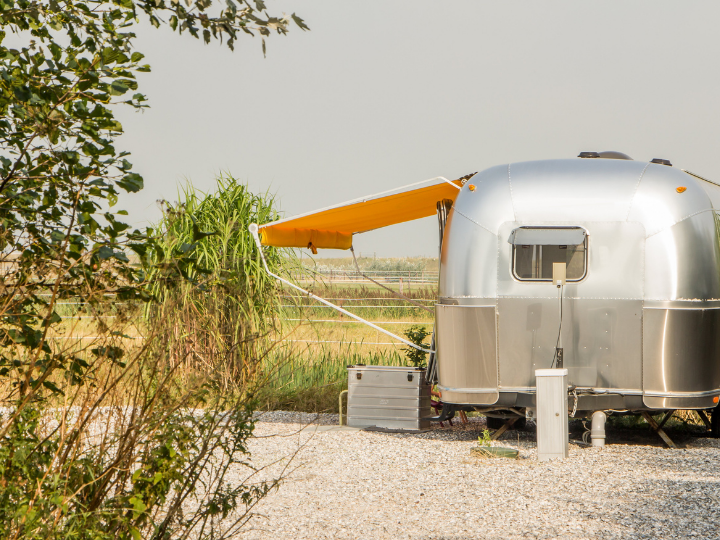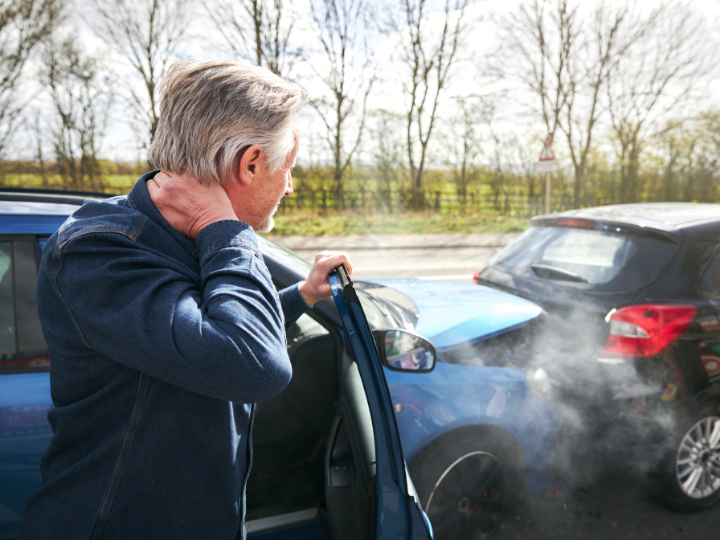What’s the Deal With my Wood Stove and Home Insurance?
As we are now approaching heating season, we will of course be turning on our furnace, boilers, or even our wood stoves. Wood stove insurance is a very large topic in the insurance industry as any type of auxiliary heating needs to be declared for all home insurance companies.
There are questionnaires and certain requirements that need to be met to ensure your wood stove is in safe, working order and building code compliant. This includes a wood stove inspection procedure.
If you don’t follow these procedures, installing a wood stove could have an impact on your home insurance policy.
This blog will give you some basic information regarding wood stoves and WETT inspections. We’ll explain why they are needed for both your peace of mind and for the majority of home insurance companies.
We have created an editable wood stove questionnaire for you to fill out, feel free to download this and email it back to us at [email protected] so we can connect to discuss your options. This will help us provide you an accurate home insurance quote.
Installing a Wood Stove and Home Insurance
As a local insurance broker, safety is our top concern, especially when we are insuring one of your largest assets. We want to make sure that your wood stove and home insurance are in line and up to code.
When you are insuring your home and installing a wood stove, it’s likely you will need an inspection completed to ensure it’s professionally set up and in good working order.
This is not only for the purpose of protecting your home, but as well as you and your family’s health and safety. When a wood stove is not installed correctly it can release harmful pollutants in your home.
Specifically, young children and the elderly are susceptible to the negative health effects, especially if they have pre-existing health issues with their heart or any respiratory conditions.
Some issues that could arise from wood burning stoves are developing asthma, heart conditions, lung disease, and you will be more prone to respiratory infections.
What are Some Requirements for my Wood Stove?
One of the mandatory requirements that will need to be met for your home insurance policy is the completion of a wood stove inspection. This process includes having your solid-fuel-burning system inspected by a WETT certified technician.
WETT inspection stands for Wood Energy Technology Transfers and would include a thorough inspection of the wood stove and its attachments from a certified technician.
This wood stove inspection will be able to ensure it is operating optimally, is structurally in good condition, and is burning wood that will not compromise your safety or health. While the Certified Technician is examining your wood stove, they will be making sure that it was installed correctly and is up to standard code.
They will also need to go up on the roof to examine the chimney for any potential issues with ventilation. While the WETT inspector is examining the wood stove, they may also inspect the flue pipe, chimney and any combustible materials that may be too close to the fireplace.
While completing the wood stove inspection they will make sure the minimum clearances from the bottom, top, sides, front, and back are met. When these clearances are not met, they pose a threat that could cause a serious fire.
To meet the standard safety code, you must meet the minimum clearance to anything that could potentially burn or overheat. When objects are too close to any combustible materials they can overheat and burn.
To avoid this you can ensure the minimum clearances are met or you can install an air-cooled radiation shield or a certified commercial shield. These shields can be made of metal, solid brick or tile. When these are installed correctly it reduces the potential for a fire.
Standard minimum clearances that need to be met when there is no shield in place are 60 inches from the top to the ceiling and 48 inches from each side. When there is shielding installed, it reduces the clearance from the sides from 48 inches to 36 inches.
Shielding is an inexpensive way to protect any combustibles. If an object is heated steadily for a long time it can ignite, even if not directly exposed to the flame. When the objects are shielded this is avoided.
How do I Know if my Stove has Already been WETT Certified?
If you have moved into a house that already has a wood stove you might be wondering if it is certified.
One way to identify if your wood stove is certified is there will be a tag affixed to the unit. If there is no tag available, either on the stove or with the previous owner, then it will be considered uncertified.
However, if you have just moved into the home, most home insurance companies will request an updated WETT Certificate as well as a Solid Fuel Heating Questionnaire. This will also provide you with peace of mind.
Will my Premium Increase on my Home Insurance Policy?
Now you are probably asking if having a wood stove in your home will make your insurance premium increase. Having a wood stove does make a difference on your home insurance policy.
There are many variables that go into calculating your insurance premium. Each home is different and each home and its homeowners are looked at for rating purposes individually.
Most home insurance companies surcharge the policy by 10% for a wood stove or charge a flat fee of $50 annually.
However, finding home insurance for homes with oil heating systems can sometimes be difficult. There are greater risks associated with oil tanks as well as older homes that tend to have this kind of heating system. Houses built prior to the 1960s often have oil tanks, as opposed to the more modern methods of using natural gas, boilers, or a furnace. Insuring houses with oil tanks can be a challenge, but there are ways to make sure your home is protected even if you have an oil tank on the property.
Oil Tanks and Home Insurance
Oil tanks can be underground or above ground, located on the outside of your home or inside in a basement, crawlspace, or storage area. Oil tanks can be double or single walled and are made out of metal, making them susceptible to rust or leaks over time. Unfortunately, a regular home insurance policy may not cover loss or damage to your home caused by an oil tank.
Some insurance companies won’t even insure a home that is heated by an oil tank. The ones that do might have an annual fee that needs to be paid, or higher premiums for a home insurance policy. If you do find an insurance company that covers homes with oil tanks, be sure your tank is up to their insurable standards.
Insurance companies can hesitate to provide insurance homes with oil tanks because many variables that can impact their safety risk:
- the location of the oil tank,
- whether it is double or single walled,
- the age of the tank,
- and the tank’s manufacturer.
All of these factors can determine an insurance company’s ability to provide you a home insurance policy. The environmental risks that come from oil tanks are also considerations to be made when looking for a home insurance policy for a home with an oil tank.
Finding Home Insurance
Since we work with 20+ insurance partners, there are options available to you that have an oil tank.
- Replace the oil tank. It might be time to think about replacing your oil heat with natural gas, propane, or another method of heating your home.
- Install an oil drip tray alarm. This alarm system can be installed beneath your oil tank and sets off an alarm if your oil tank is leaking oil.
- Get a double walled tank. Single-walled tanks are more easily eroded by rust, causing leaks and other damage. Installing a double walled tank can be a better option for some homeowners.
- Install a cover or shield for an outside tank. If your oil tank is located outside, consider installing a shield to cover it. If you live somewhere that gets colder in the winter, this shield could help prevent snow, ice, and other falling objects from damaging your tank.
- Replace your tank. Oil tanks are recommended to be replaced after 20 years of use. If you aren’t sure of the age of your tank, consider replacing it to be on the safe side.
Common oil tank problems include bad manufacturing, leaks in the tank, environmental hazards caused by leaking oil, neglect, falling objects, and age.
Oil Tank Recommendations
Oil tanks should be located at least 50 feet away from a water well and placed on a non-combustible foundation such as concrete. The best oil tanks are tanks that are able to be easily inspected and away from walls so that rust can be prevented. Homeowners should regularly inspect their oil tank to see if there is any damage to the tank such as rust, leaks, or shifting of the tank.
Insurance companies are looking for oil tanks in homes that pose the least amount of risk to be insured. If your oil tank is well maintained, up to date, up to code, and functioning properly, finding a home insurance policy is entirely possible.
Trust Your Hometown Broker for Your Wood Stove Home Insurance Policy
We hope this blog is helpful and provides you with all necessary and pertinent information on heating your home with a wood stove or oil tank.
At Duliban Insurance Brokers, we are your local insurance brokers who want to make sure you get the most out of your home insurance policy. We work with 20 different insurance companies and we’d love for them to compete over your business.
We’ll do the work for you to find you the best premium at the most affordable price for your life. All of our hometown brokers are valued community members who love to treat our customers like family.
Drop by one of our offices in Niagara and Haldimand, call us, or go online to get your free home insurance quote.












